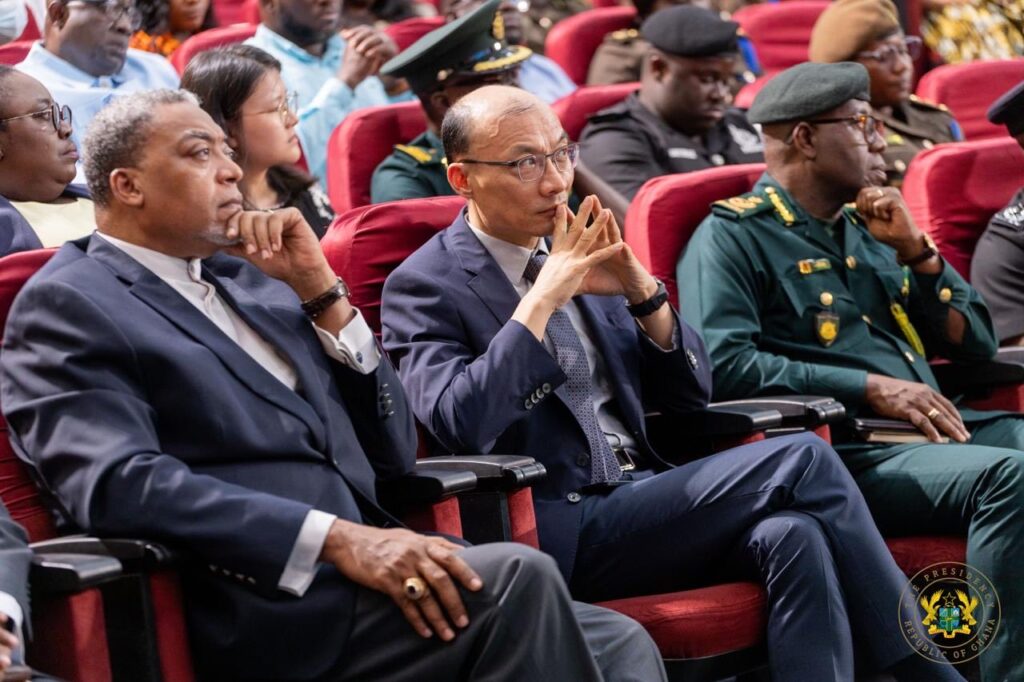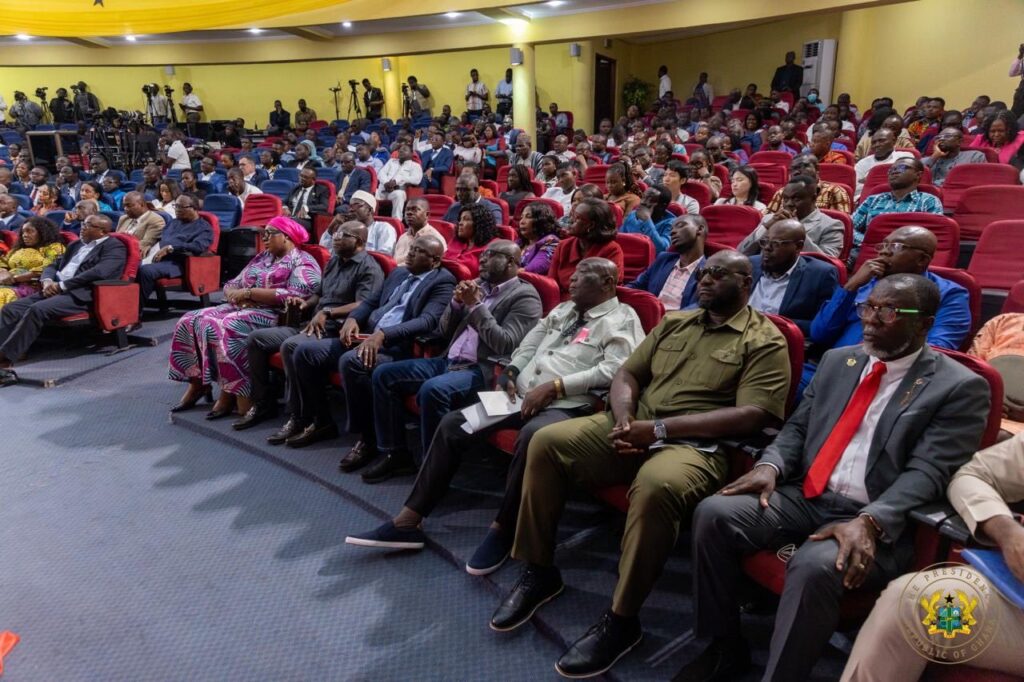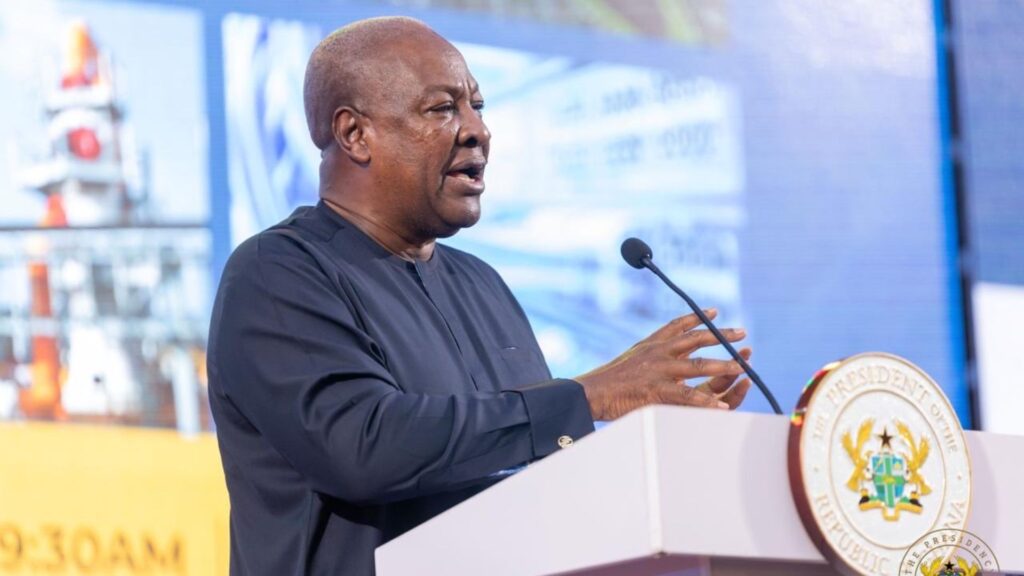Ghanaian President John Dramani Mahama launched the Ghana Infrastructure Plan (GIP) on Wednesday, October 22, 2025, in Accra. The initiative provides a long-term strategic framework to develop a modern and sustainable infrastructure network by 2057, the year marking Ghana’s centenary of independence.
“It is with great pride that I officially launch the Ghana Infrastructure Plan,” Mahama said at the ceremony. He added, “Let us not be content with building roads and bridges, but build a Ghana that works for all—where vision meets discipline, and where continuity, transparency, and innovation light the path toward our shared future.”
Mahama emphasized that the plan continues a vision launched more than a decade ago and draws inspiration from Kwame Nkrumah’s 1963 national development plan.
He acknowledged past challenges, including delays and cost overruns across over 18,000 projects, which exceeded $70 billion in cumulative spending.
The GIP represents a strategic turning point designed to ensure regional balance, efficient planning, and equitable access to opportunities.



Ghana faces a significant infrastructure financing gap. Government estimates show the country will need $37 billion over the next three decades to meet its national development goals across all sectors, along with $8 billion annually for maintenance of existing infrastructure.
According to the Global Infrastructure Hub Index, Ghana scores 47 out of 100, below the average for lower-middle-income countries, reflecting persistent structural deficits.
In September 2025, the government announced an additional 13.9 billion cedis ($1.28 billion) investment program under the Big Push initiative, targeting large-scale infrastructure projects such as energy, transport, and water management.
This article was initially published in French by Ingrid Haffiny (intern)
Adapted in English by Ange Jason Quenum


